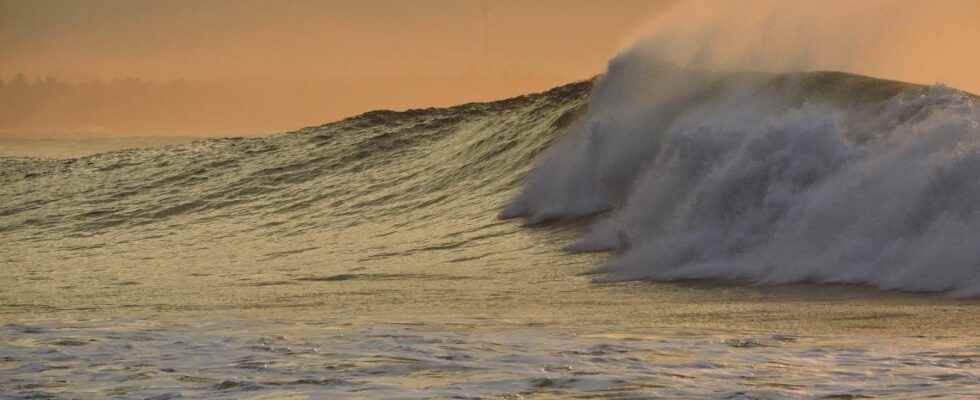You will also be interested
[EN VIDÉO] Kézako: the secrets of the creation of tsunamis Tsunamis are among the most destructive natural disasters. These waves, which can reach thirty meters in height, hit the coasts with unstoppable force. Unisciel and the University of Lille 1 reveal to us, with the Kézako program, the secrets of the creation of this phenomenon.
Last January, the submarine volcano of Hunga Tonga-Hunga Ha’apai exploded violently in the Pacific Ocean, causing a tsunami that spread rapidly through all the oceans of the globe. Considered one of the most violent eruptions of the century, this event is above all remarkable for the amount of scientific information collected. The analysis of the data thus made it possible to study in detail the mechanism at the origin of this powerful tsunami and its characteristics.
It thus appeared that the wave had spread to a speed record thanks to the acoustic gravity waves generated by the explosion. A phenomenon of resonance would have made it possible to amplify the tsunami and to make the devastating wave travel at a speed far superior to the classic tsunamis produced duringcollapses sides of volcanoes or earthquake.
A wave initially 90 meters high
But the particularity of this tsunami does not stop there. According to a recent study, the wave would have initially reached a height of 90 meters, approximately nine times the height of the tsunami which hit the coasts of Japan in 2011 and which produced the nuclear disaster at the Fukushima power plant. This latest tsunami was caused by a very powerful earthquake along the Japanese coast. Remember that this event is one of the largest tsunamis of recent decades, with the one that hit Chile in 1960. Their initial height was however estimated at around ten meters – dwarf waves compared to that generated during the eruption. of Hunga Tonga-Hunga Ha’apai.
The 2011 and 1960 tsunamis, however, were far more devastating and deadly. More than 18,000 died following the 2011 tsunami, while the Hunga Tonga tsunami fortunately only caused the disappearance of a few people. To explain this difference, it is necessary to take into account several parameters, which will influence the height of the wave when it arrives on the coast. There is of course the distance between the source of the tsunami and the land, the morphology bottom and shoreline, but also other factors, such as the merger several waves (which seems to have been the case in 2011). Approaching the coast, a tsunami wave can thus be either attenuated or amplified.
The Hunga Tonga volcano is fortunately located about 70 kilometers from the Tonga Islands. This is certainly what made it possible to avoid a terrible catastrophe. The maximum height measured on the ribs was just under 1.50 meters. Enough, however, to cause significant damage.
Tsunami risk: underwater volcanoes also need to be monitored
Scientists, however, draw the doorbell alarm. Because if the seismic zones historically generating tsunamis are now under close surveillance, with in particular the development of increasingly early warning systems, the underwater volcanoes are much less monitored. And this recent event reminds us that they pose a threat just as serious, if not more so, than major earthquakes. If Hunga Tonga had been located close to the coast, as is the case with many active submarine volcanoes, the situation could have been extremely dramatic.
The results, published in the journal Ocean Engineering, show the importance and the urgency of developing effective tsunami warning systems, making it possible to evacuate as quickly as possible the inhabitants of the coasts likely to be devastated by waves several tens of meters high. At the same time, the monitoring of volcanic activity of underwater volcanoes the most dangerous must be reinforced, or even put in place.
Interested in what you just read?
